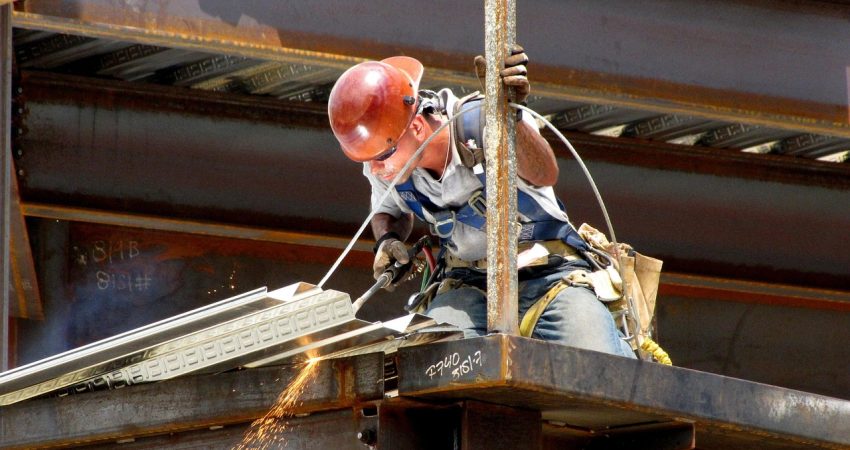
The construction field, which for some time has been known for labor-intensive practices and delays, is seeing a great change because of autonomous technologies. In terms of autonomous construction, which includes robotics, AI, machine learning, and advanced sensors, we are seeing a redefinition of how we plan, execute, and maintain infrastructure projects. As the world invests in large-scale development to fuel urban growth, autonomous construction is coming forth as a key player, in which we see faster, safer, and more efficient growth of infrastructure on a global scale.
Speeding Up Project Timelines
One of the great benefits we see in autonomous construction is that it is very good at speeding up project timelines. We have reports of 24/7 operation of automated equipment like self-driving dozers, excavators and drones, which also requires very little human supervision. Also, these machines are run on by AI algorithms and BIM, which in turn produces very little error and rework.
By way of reducing down time and improving process efficiency, autonomous systems which is what we see in the case of infrastructure projects of all kinds from roads and bridges to tunnels and skyscrapers, are seeing a great reduction in project duration which in turn reduces costs and improves return on investment for government and private development.
Enhancing Safety and Reducing Risk
Construction sites present a very dangerous environment in which workers are at risk of falling objects, heavy machinery accidents, and unknown variables. Also, we see that autonomous technologies play a role in risk mitigation, which they do by taking on the most dangerous and repetitive tasks. For example, drones are used for site surveying and inspection of hard-to-access areas, which in turn removes the need for human workers to do dangerous climbs.
Robots in this case report greater in terms of consistency and precision, which in turn sees a reduction in incidents of human error. Also, we see a drop in workplace injuries, which in turn brings down insurance rates and improves workforce health.
Solving Labor Shortages
In many areas we see a deficit of skilled labor in the construction field. Autonomous in the construction tech space is to fill that need which we see we have robots that which used to require large teams of humans now do. We have robots that lay brick, pour concrete, weld, or put together modular elements with little to no continuous manual input.
This automation does the work of easing the pressure off present workers’ resources, which in turn allows for projects to grow beyond what we had before, which is limited by labor availability also in remote or developing areas which are short on skilled construction workers.
Improving Quality and Sustainability
Autonomous systems we program for precision and consistency, which in turn puts out high-quality results that meet very high standards. Also, with AI and machine learning, we see these systems’ performance improve in real time as they adapt to environmental changes, which in turn results in a great drop-off in waste.
Also, smart machines are tracking materials use and energy use, which in turn is enabling us to improve sustainability in the construction field. We see reduced emissions, improved logistics, and smart material choice as elements that play into the development of green and sustainable infrastructure.
A Glimpse Into the Future
Autonomy, AI, and cloud computing are transforming construction into a data-driven and predictive field. We see projects that include the use of simulations that factor in weather, terrain, and material performance. Also, we have robots that are remotely managed and updated via the cloud and digital twins, which report in real time on any changes to teams.
As we see greater investment from governments and companies into smart infrastructure, we are heading into a world where autonomy in construction will be the base of our efficient and resilient development. This new age of construction will see not only the transformation of our skylines but also the way in which we as a human race will build our future, out of which intelligent machines will play a key role.
Essentially, what we see is that autonomous construction is a present reality that is, in fact, leading the infrastructure revolution all over the world.


